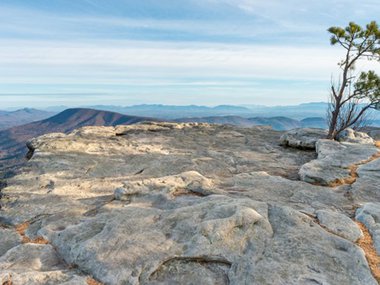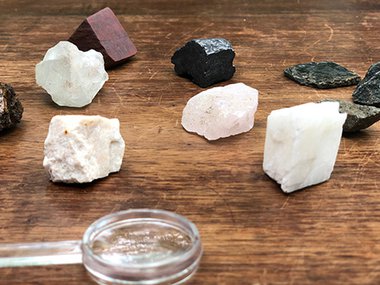Quarantine Quarrying: Minerals
You made it! You’ve at the end of the David Olli-guided rock and mineral tour of Virginia. Nice work, rock hound.
In case you aren’t sure what I mean, there’s so much to say about rocks and minerals that we’ve broken it up into a series. We’re on the last installment: minerals. In other posts, we explored igneous rocks, metamorphic rocks and sedimentary rocks. And because this stay-at-home period is the perfect time to start a collection with common rocks and minerals you can find in Virginia—if not right in your own backyard—we have some tips on how to do that, too.
As a reminder, the difference between rocks and minerals comes down to cookies. Yes, you read that correctly…cookies. I like my cookies with everything mixed in: nuts, chocolate chips and M&Ms. Think of the entire cookie as the rock. The flour, sugar, eggs, nuts, chocolate chips and M&Ms are the minerals, each with their own chemical composition. Together, they make up the cookie!
A rock is made up of minerals. Rocks come in all shapes and colors, while minerals are often pretty consistent in appearance.
Some minerals can be found almost anywhere in Virginia. Quartz and feldspar are very hard and resistant. After a really long time, many rocks eventually break down or erode into very small, sand-sized pieces. Until you get to Florida where corals can be mixed in, most of the sand along the East Coast is made of quartz and feldspar. Here are a few other common minerals unique in their appearance.
An extremely common mineral whose tiny flakes often reflect light in rocks like metamorphic schist is mica. Mica has cleavage that allows the mineral to break or peel off in very thin, flat layers. Mica composed of more dark elements, such as magnetite and iron, produces black biotite, while mica composed of more light elements of aluminum and silica produces clear or transparent muscovite.
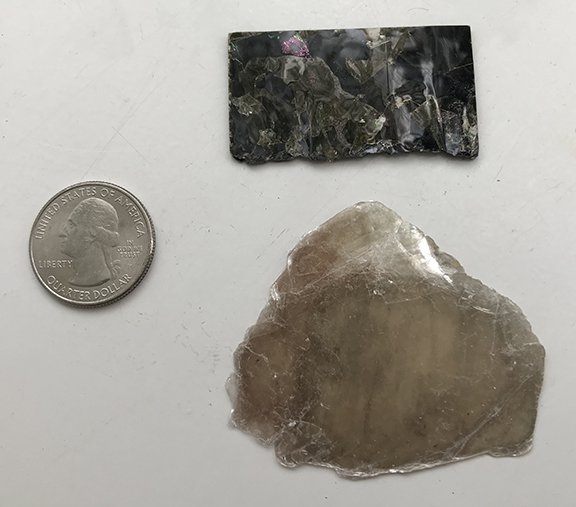
Mica (Top: Biotite; Bottom: Muscovite)
Along with quartz, the mineral calcite is often found within rocks. Calcite is the primary mineral component of limestone. Individual crystals of calcite can be tinted by impurities but often appear clear like the ones sold in gift shops.
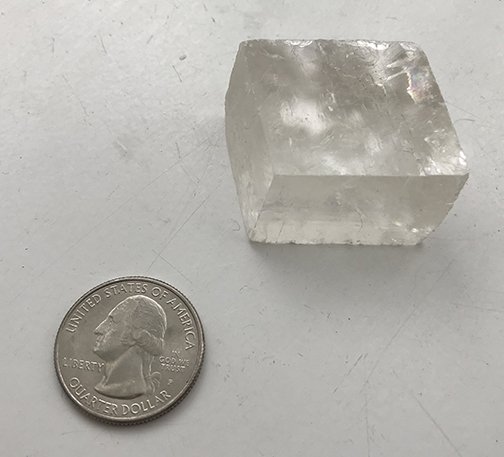
Potassium-rich green-colored amazonite is also found in Virginia. Amelia County is one of only three places on the planet where you can find amazonite, a mineral mined as a gemstone. (Once you can go exploring again, check out Morefield Mine in Amelia where you can become a rock hound and collect amazonite, garnet and more.)
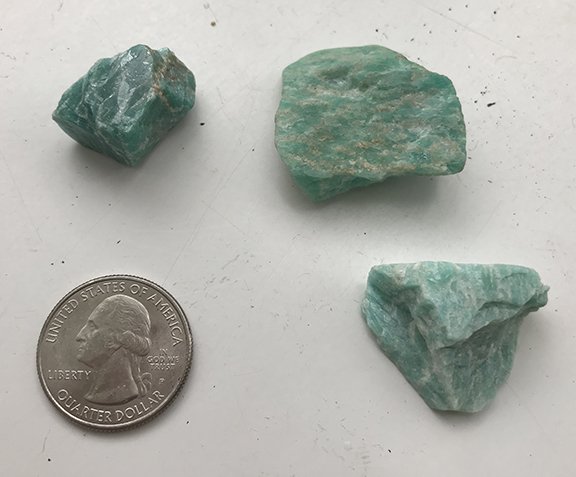
Pyrite is a common mineral found in sedimentary and metamorphic rocks that’s easily mistaken for gold, hence the nickname fool's gold. Not nearly as valuable as gold, the gemstone has a chemical composition of iron sulfide.
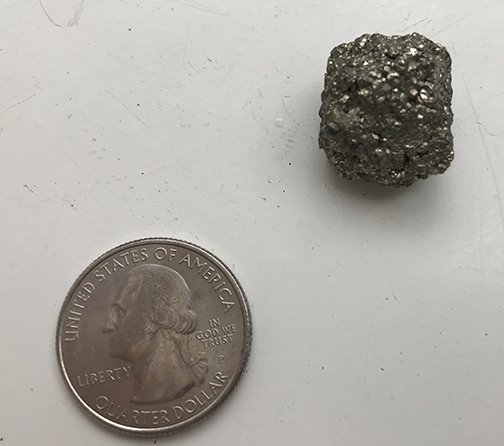
So, can you can find gold in Virginia? Yes! Prior to the California gold rush of 1849, most of the gold mined in this country came from the commonwealth, specifically around Culpeper County. Some country roads in the surrounding area have gold in their name. One of the hiking trails in Lake Anna State Park takes you to the remnants of the Goodwin Gold Mine. In the past, park rangers have offered programs to show visitors how to pan for gold!
There you go! If you’ve read all the blogs, you now have lots of new rock and mineral-related info to draw on as you hunt for specimens to build your collection. Thanks for following along on this journey. You rock!
